The Scoville scale is a spicy food lover’s guide to hot peppers. Learn what Scoville units are, how the hottest peppers in the world measure up, and where and how to use the Scoville scale in Mexican cooking.
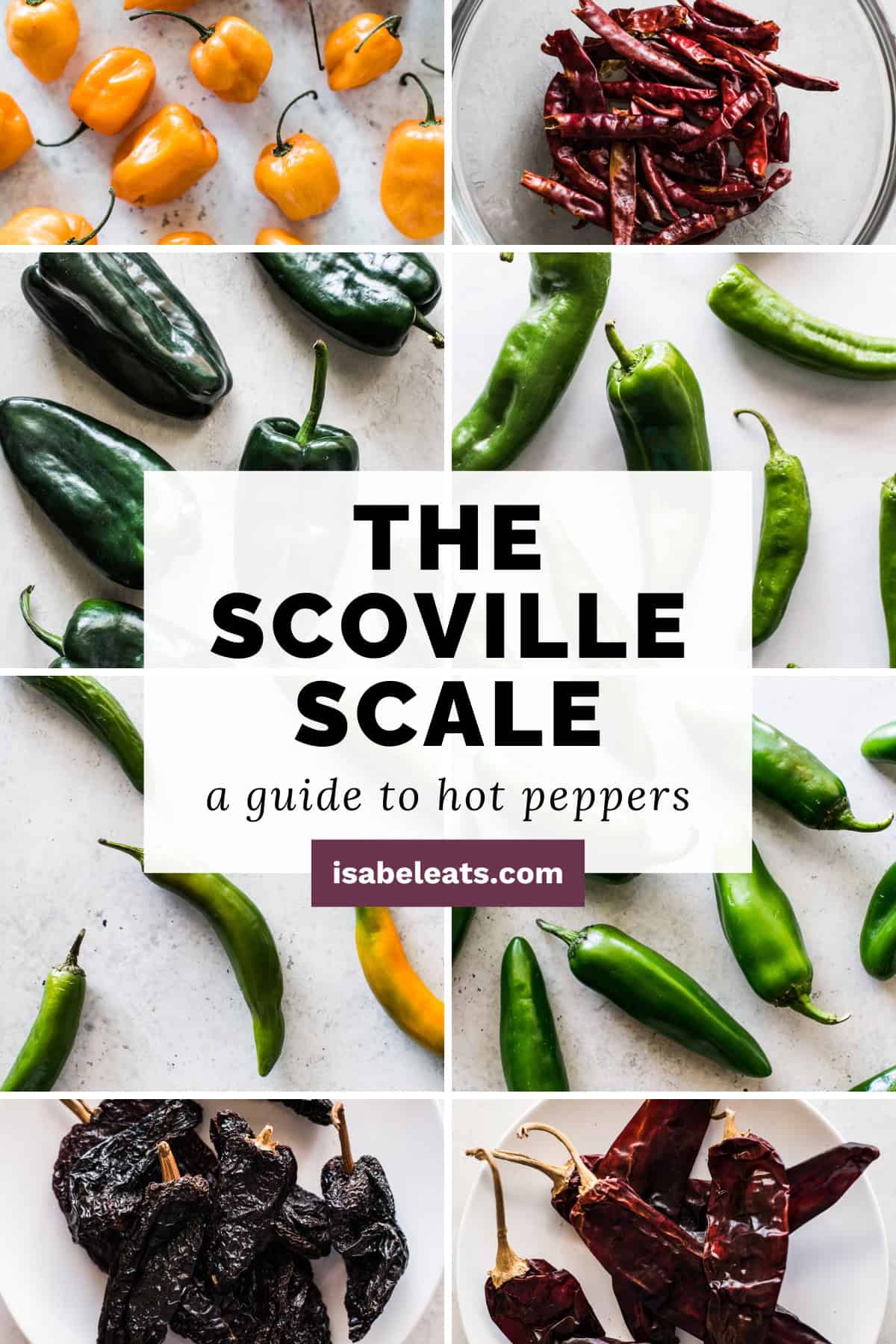
What Is the Scoville Scale?
The Scoville Scale and its form of measurement, Scoville Heat Units (SHU), are the creation of a pharmacologist by the name of Wilbur Scoville. He created them in 1912 as a way to measure the heat or spiciness of peppers. The Scoville scale has become a tried and true way to measure spice levels in peppers and is a great tool to use in the kitchen when working with them.
How to Read the Scoville Scale
Peppers are measured for their level of spicieness based on Scoville heat units (SHU), which represent the amount of times the mixture has to be diluted until a burning sensation is no longer present. For reference, bell peppers have a SHU of 0 while a serrano pepper has an SHU range of 8,000-22,000. The peppers are ranked based on their SHU with the spiciest peppers on the top and are then ranked in decreasing order with the lowest being bell peppers.
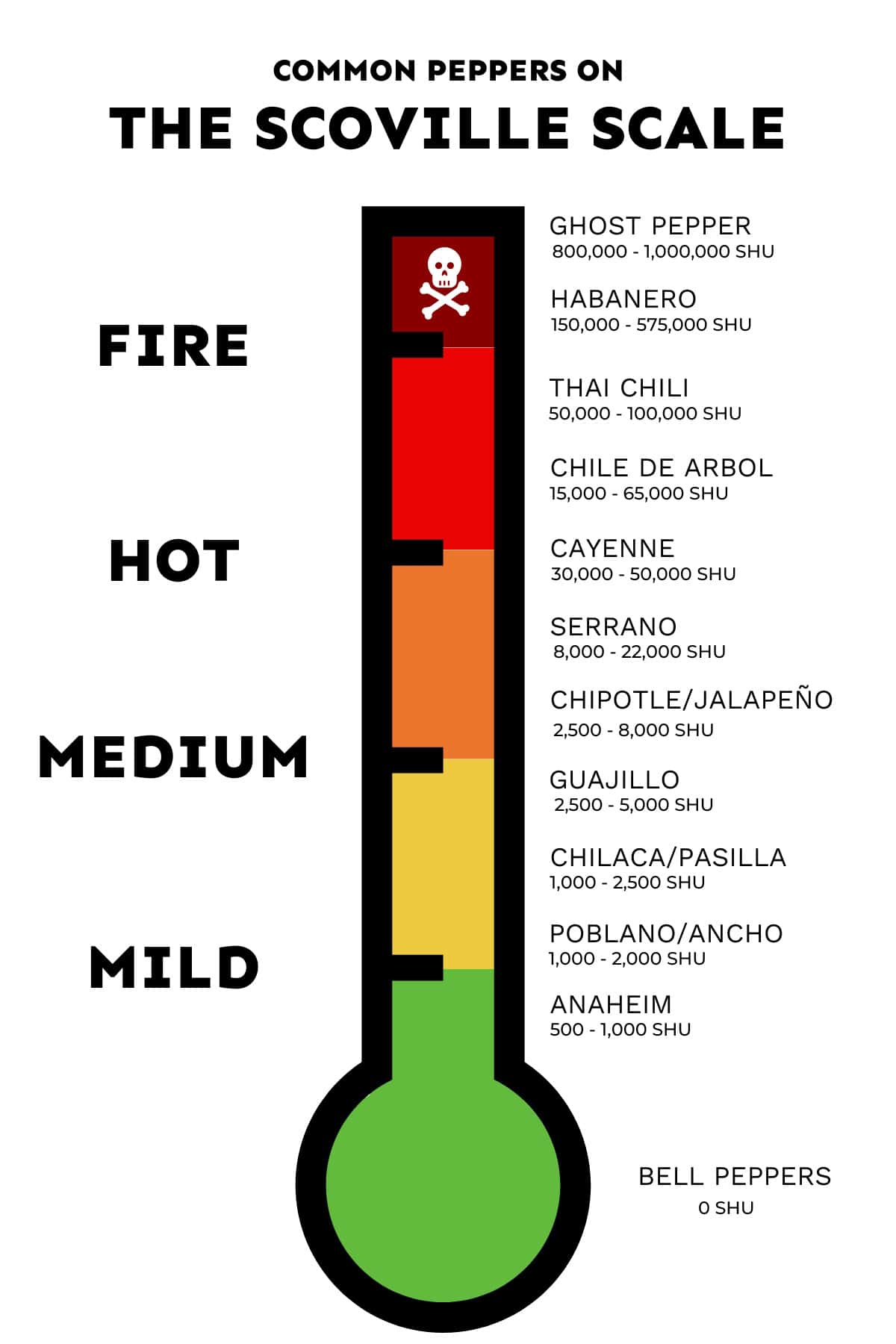
Scoville Scale Peppers and Their Scoville Units
All peppers are included in the Scoville Scale, but most charts and variations of it include more common peppers used in everyday cooking. Here are a few common peppers and their SHU:
- Ghost peppers: 800,000 to 1,001,300 SHU
- Habanero peppers: 150,000 to 575,000 SHU
- Thai chili peppers: 50,000 to 100,000 SHU
- Chile de Árbol peppers: 5,000 to 65,000 SHU
- Cayenne peppers: 30,000 to 50,000 SHU
- Serrano peppers: 8,000 to 22,000 SHU
- Jalapeño peppers : 2,500 to 8,000 SHU
- Poblano peppers : 1,000 to 2,000 SHU
- Anaheim peppers : 500 to 1,000 SHU
- Bell peppers have a 0 SHU because they are sweet peppers, not spicy.
What Peppers Are Used in Mexican Cooking?
- Jalapeños are the most common pepper used in Mexican cooking. The heat of the pepper is toned down when the membrane and seeds are removed. They’re used in everything from jalapeño cornbread and jalapeño poppers to Mexican picadillo and chile verde.
- Serrano peppers are a step spicier than jalapeños. A serrano pepper loses some of its heat as it cooks. It’s often used in dishes like carne con papas, aguachile, chicken tamales, and spicy vegetarian chili.
- Chile de Árbol peppers are a common dried chile pepper that’s spicier than serranos but not as hot as habaneros. They’re commonly added to sauces and salsas to add some heat like in this chile de árbol salsa and camarones a la diabla.
- Poblano peppers, also called ancho chiles when dried, are a medium pepper. These don’t give that prolonged burn so it’s easy to eat them for a meal. Poblanos are used in dishes like chile relleno, chiles en nogada, rajas con crema, and roasted poblano corn chowder.
- Anaheim peppers are very mild. The taste leans more sweet than spicy. They are just slightly spicier than bell peppers. It’s used in dishes like green enchilada sauce, sopa de lima, and taco soup.
Using the Scoville Scale While Cooking
You can easily adjust a recipe based on your preferences using the Scoville scale by making adjustments on how the peppers rank. Here are some examples:
- Mild: If you’re wanting to tone down a recipe to a mild heat, use anaheim or bell peppers since they rank lower on the scoville scale.
- Medium: If you’re wanting to tone down the heat or crank it up, you can substitute the peppers for ones that rank on a medium heat level like jalapenos or serranos.
- Hot: If you’re a spicy food lover, you can easily turn up the heat by using a serrano or habanero pepper, or dried chile de árbol depending on the recipe.
As a general rule of thumb, you can always tone down the heat of fresh peppers by removing the seeds and ribs, or replacing them with a pepper that ranks lower on the scoville scale. To keep the heat or crank it up, leave the ribs and seeds in or replace the pepper with one that ranks higher, and so on.
Peppers are not something to be intimidated by. Understanding the Scoville Scale and being familiar with the Scoville Units will give you confidence in preparing spicy dishes.
It can also help you create spicier or milder versions of your family’s favorite meals!
What Are the Hottest Peppers?
Carolina Reaper held the title of spiciest pepper in the world, with an SHU of 2.2 million, until recently in 2023. Now the spiciest pepper is called Pepper X, measuring a whopping 2.7 SHU. The top 5 spiciest peppers include:
- Pepper X: 2,693,000 SHU
- Carolina Reaper: 2,200,000 SHU
- Trinidad Moruga Scorpion: 2,009,231 SHU
- 7 Pot Douglah: 1,853,936 SHU
- 7 Pot Primo: 1,469,000 SHU
According to resources and personal testimonials of the few who have eaten these ultra spicy peppers, they experienced the spicy sensation for over 3 hours, intense stomach cramps, headaches and other internal symptoms. For an average person and for everyday cooking, I recommend sticking to the mild and medium categories.

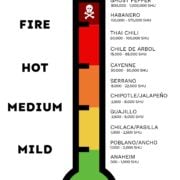
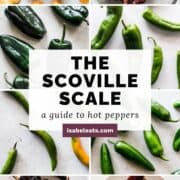
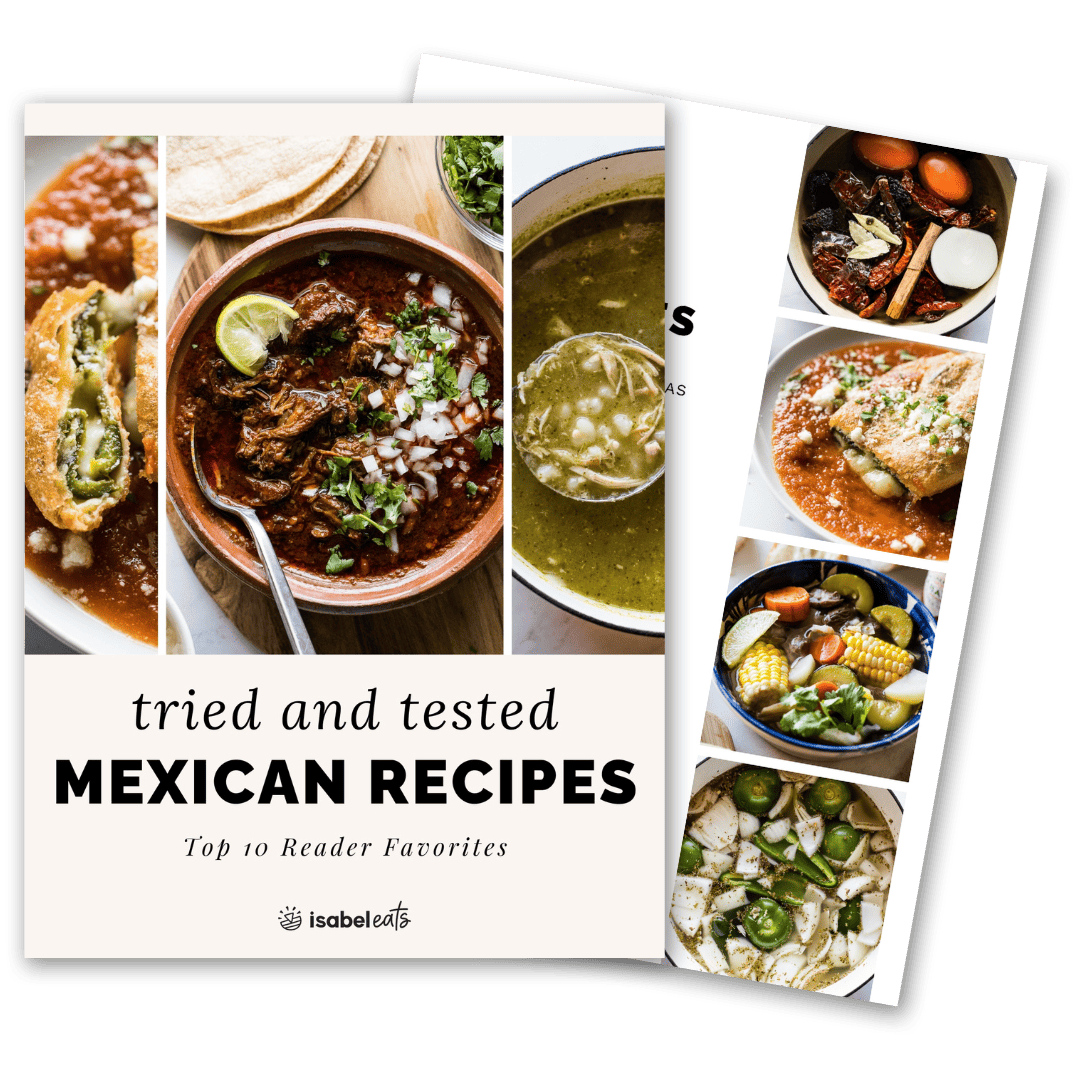

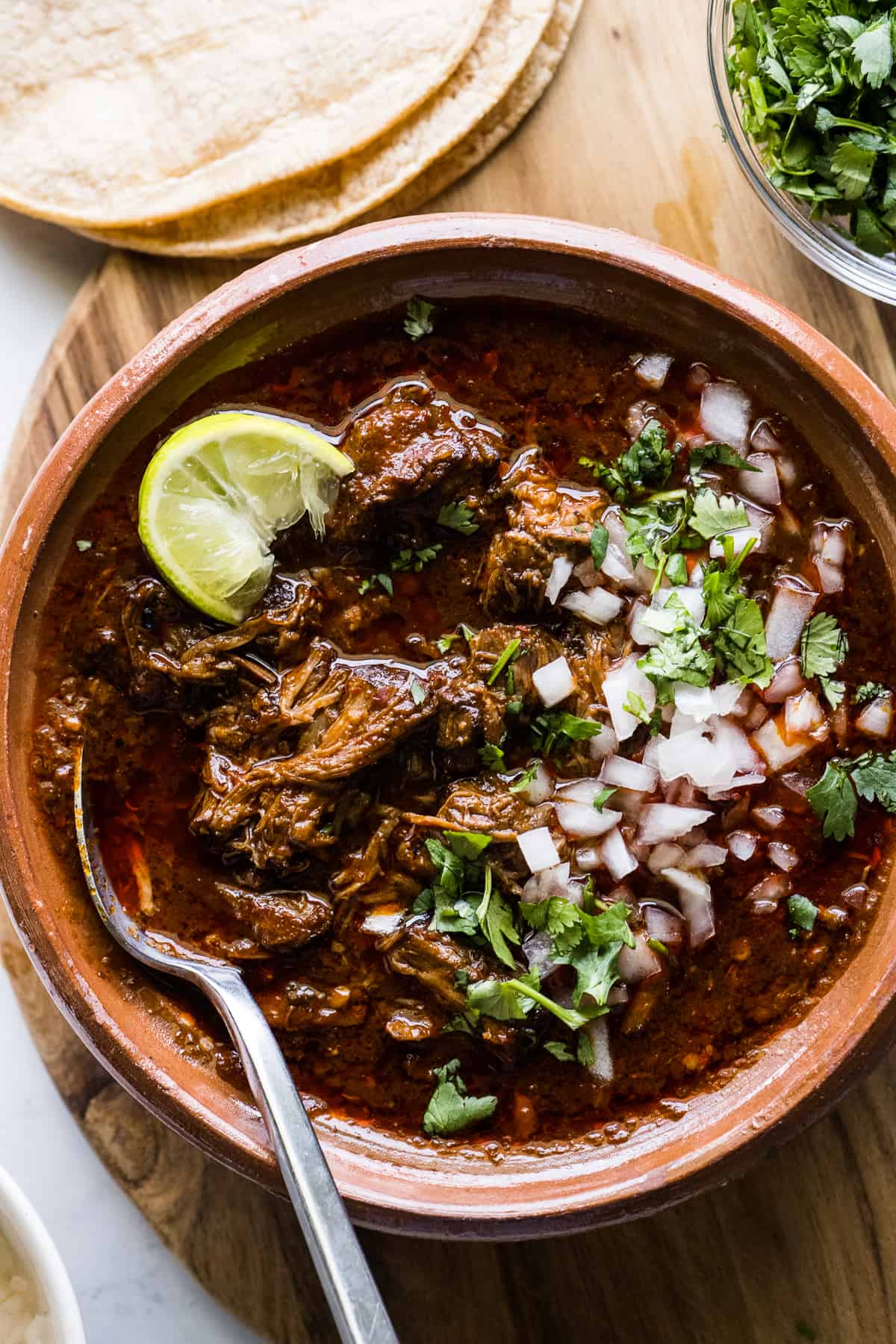
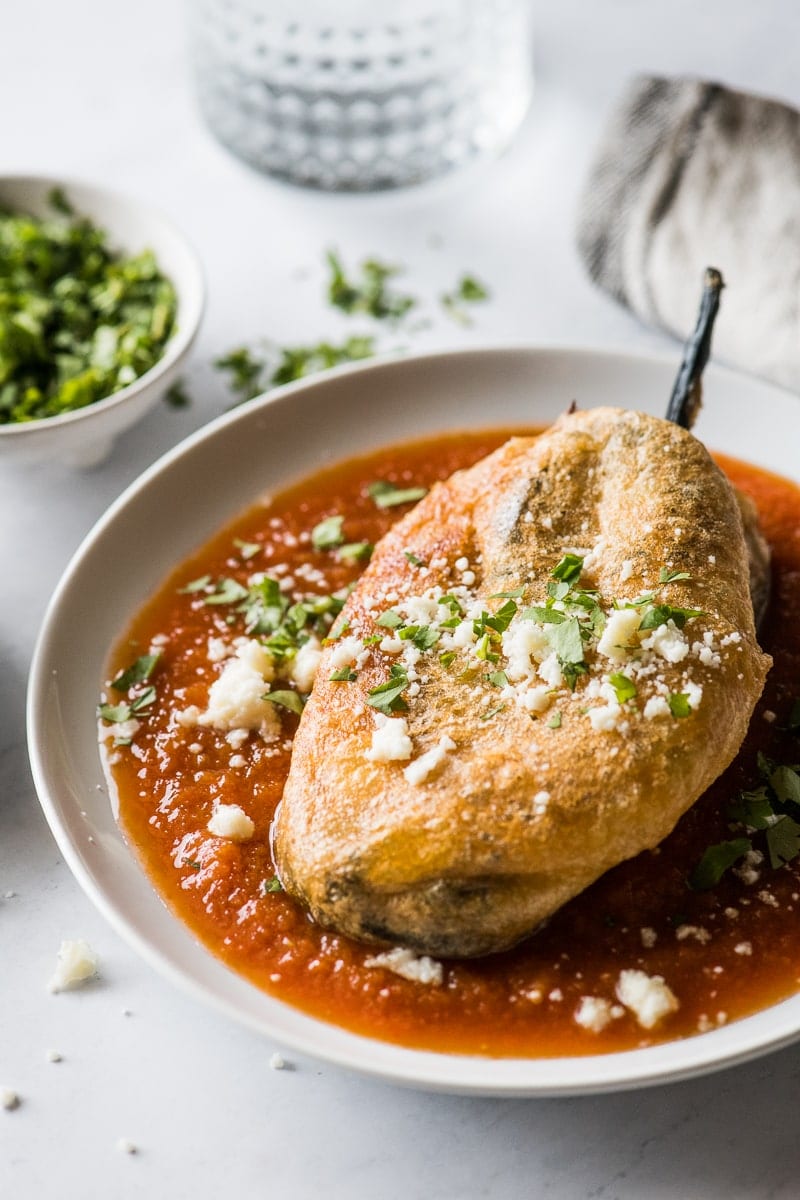
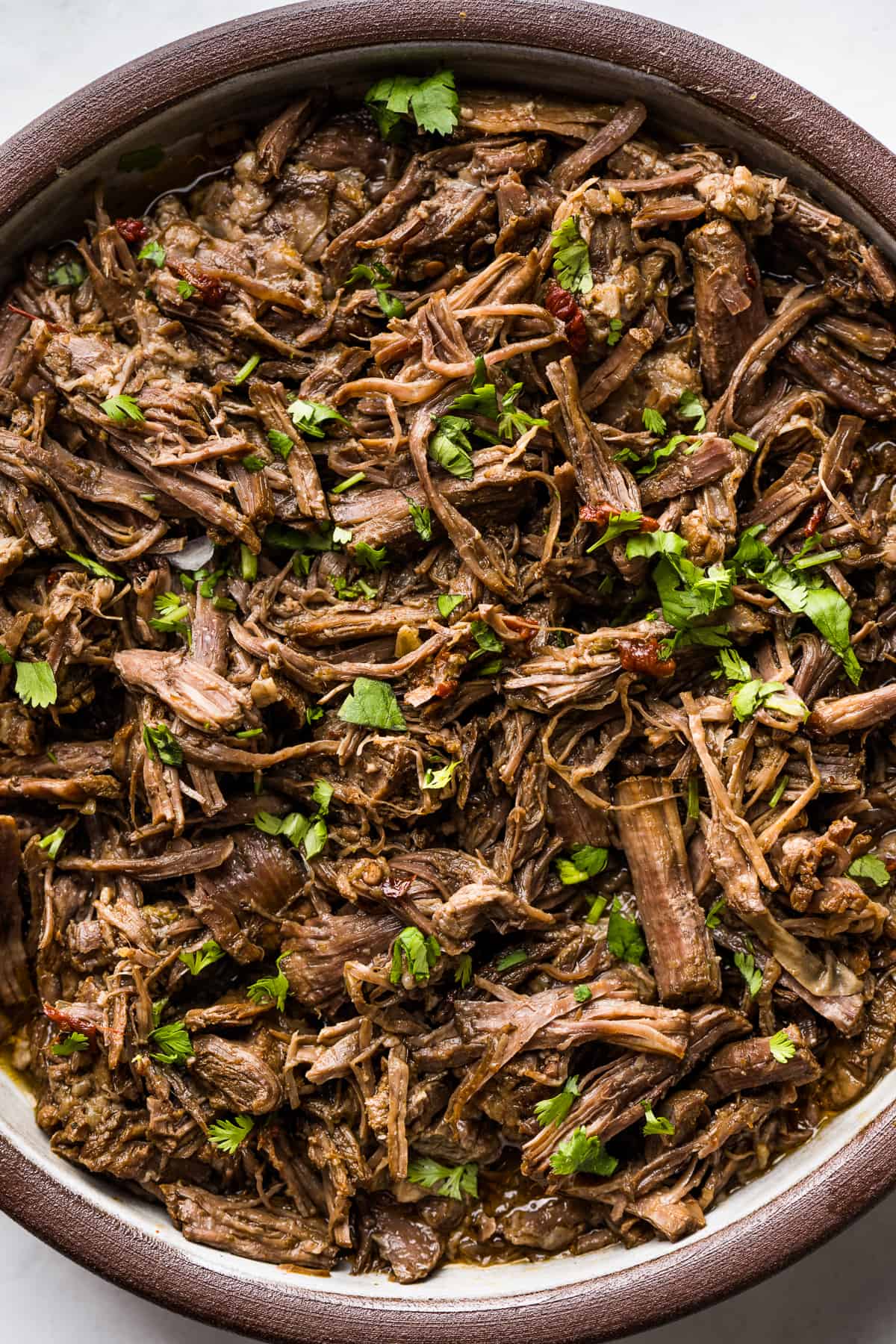
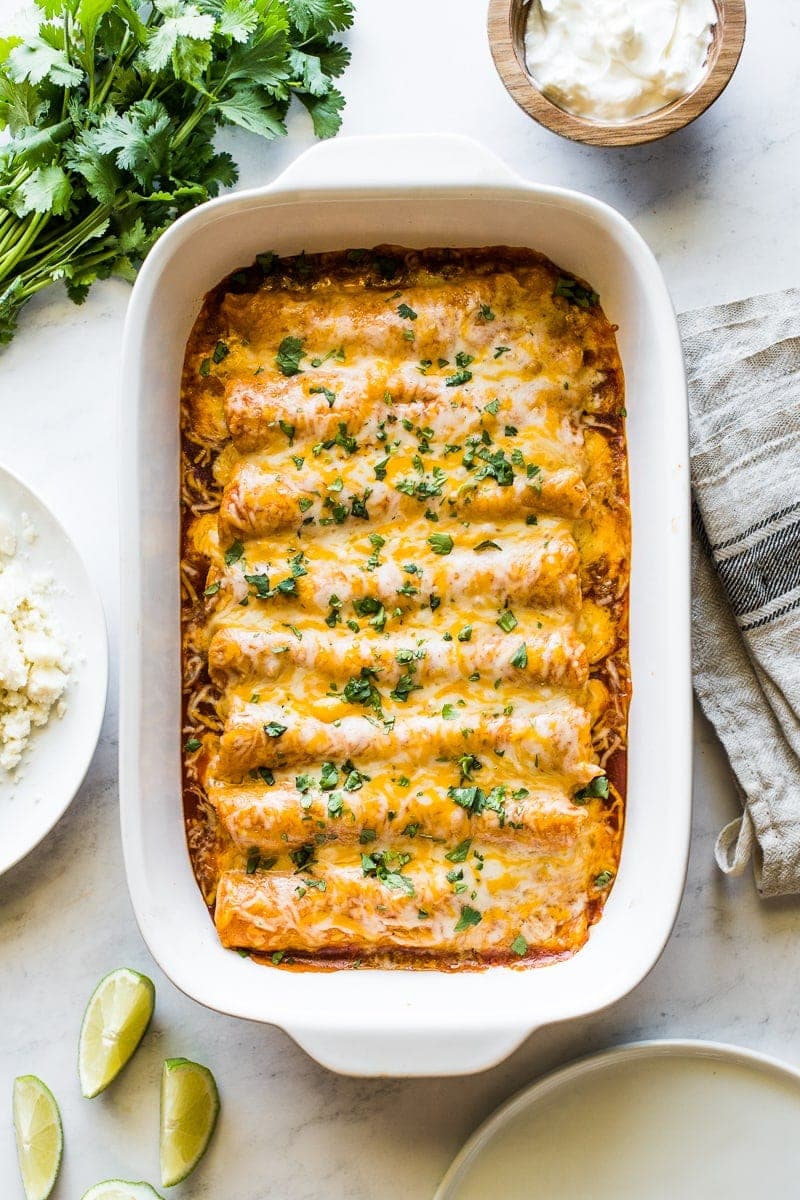
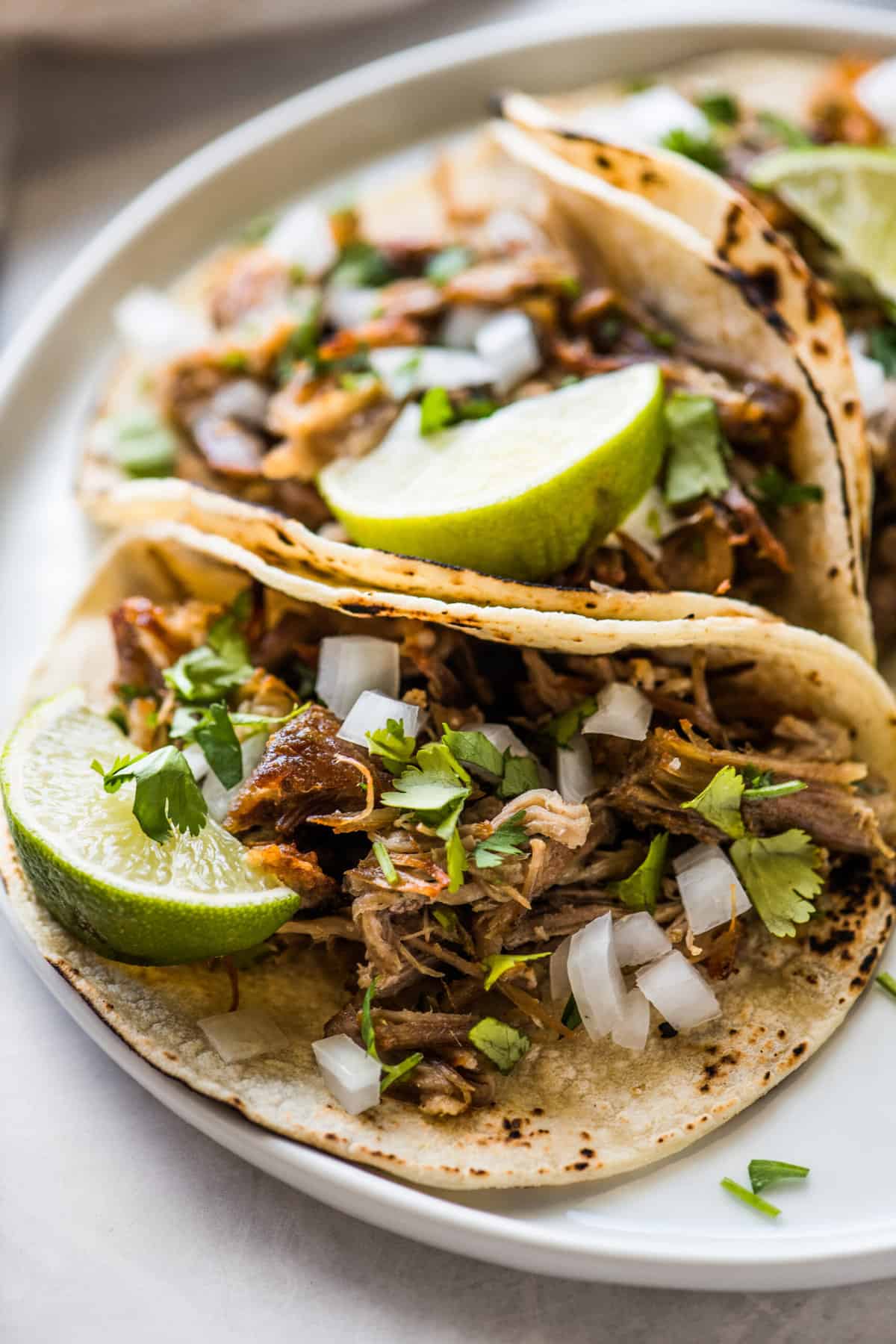
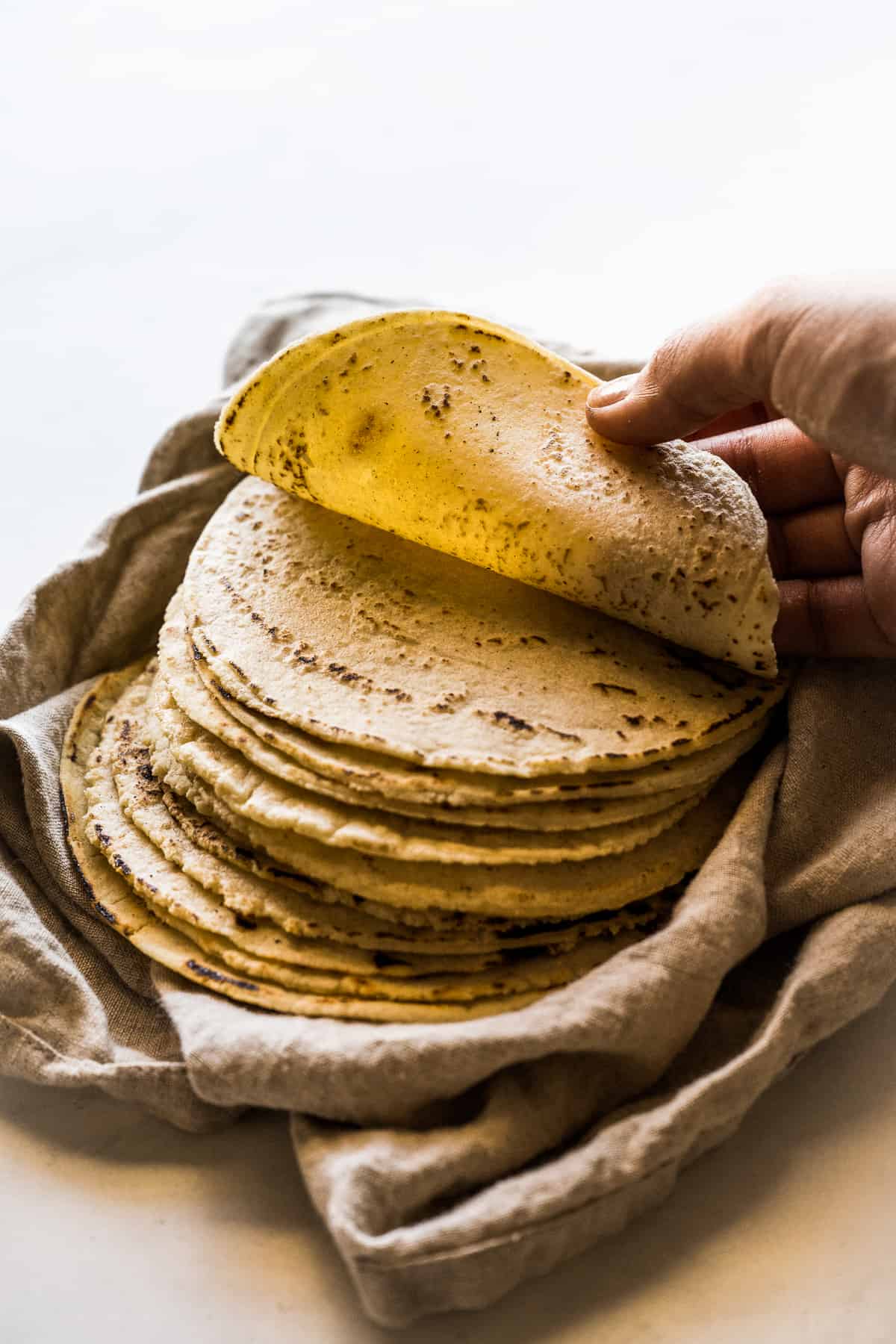
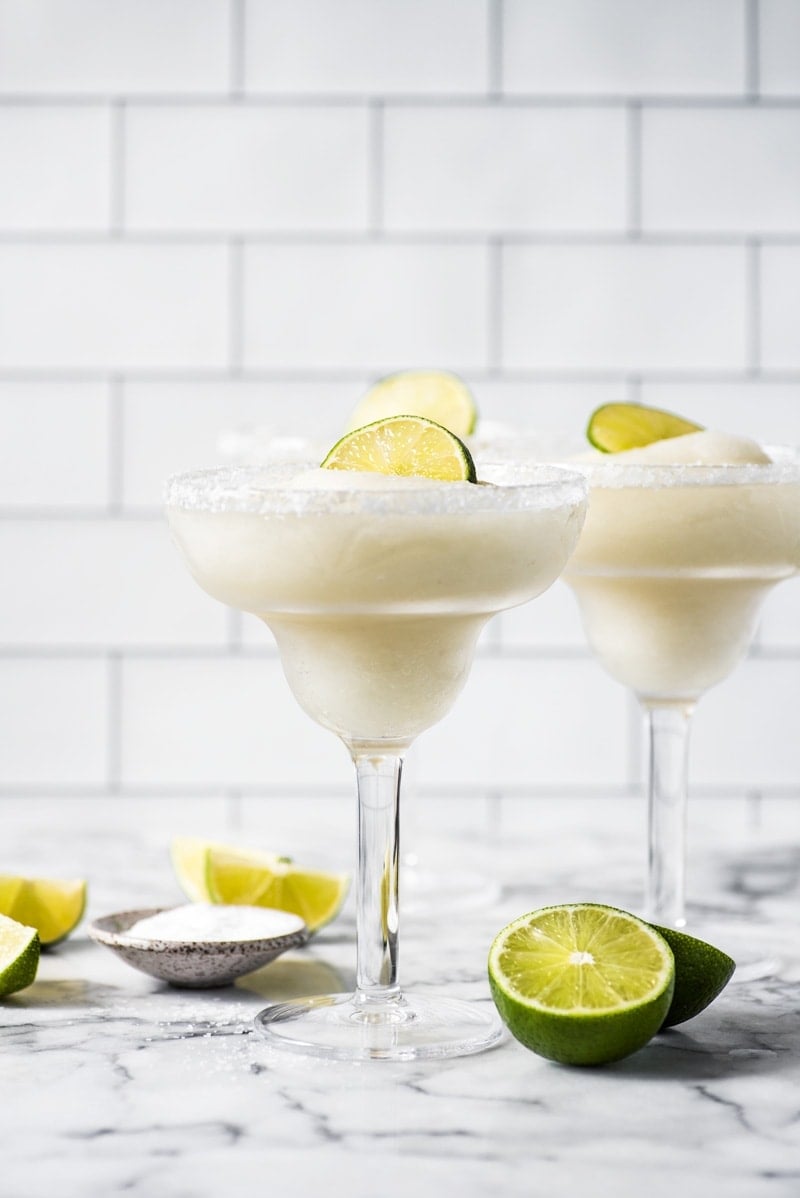
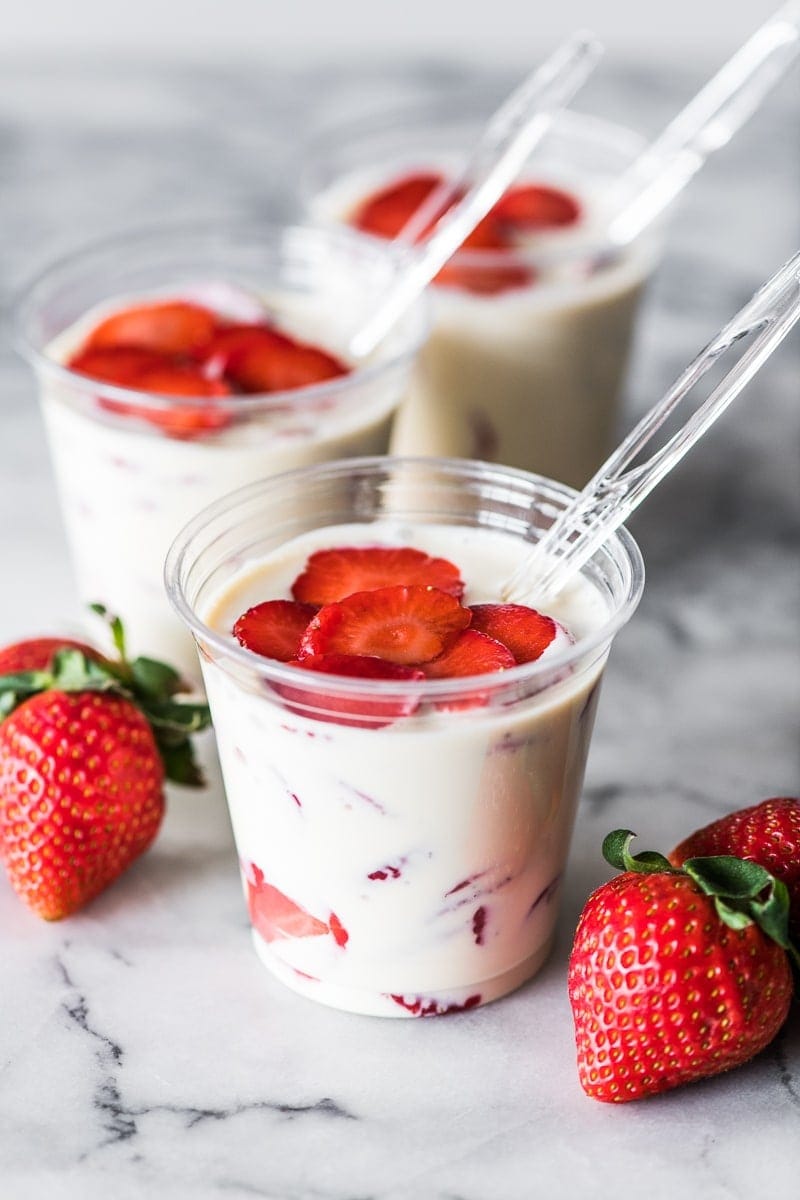
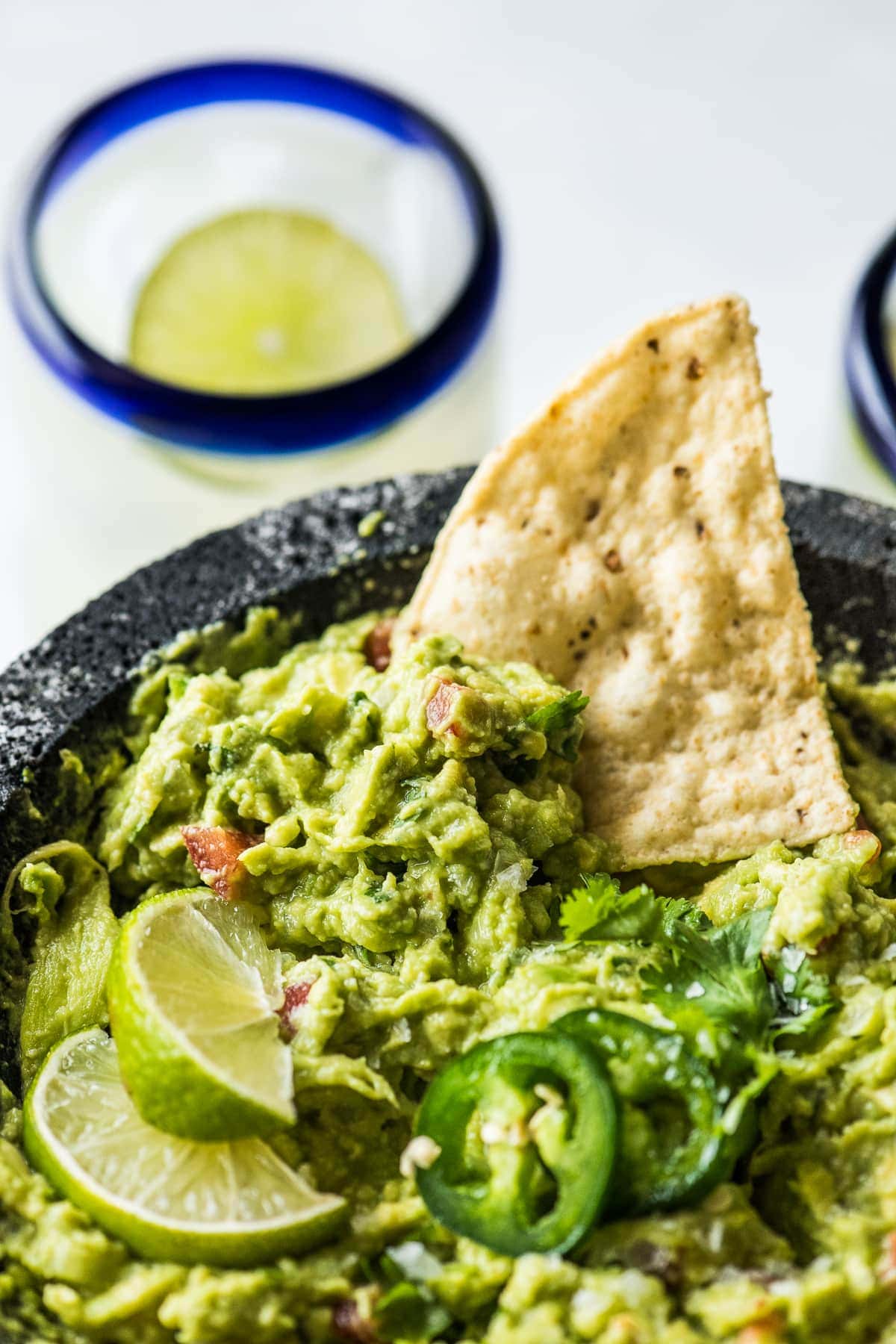
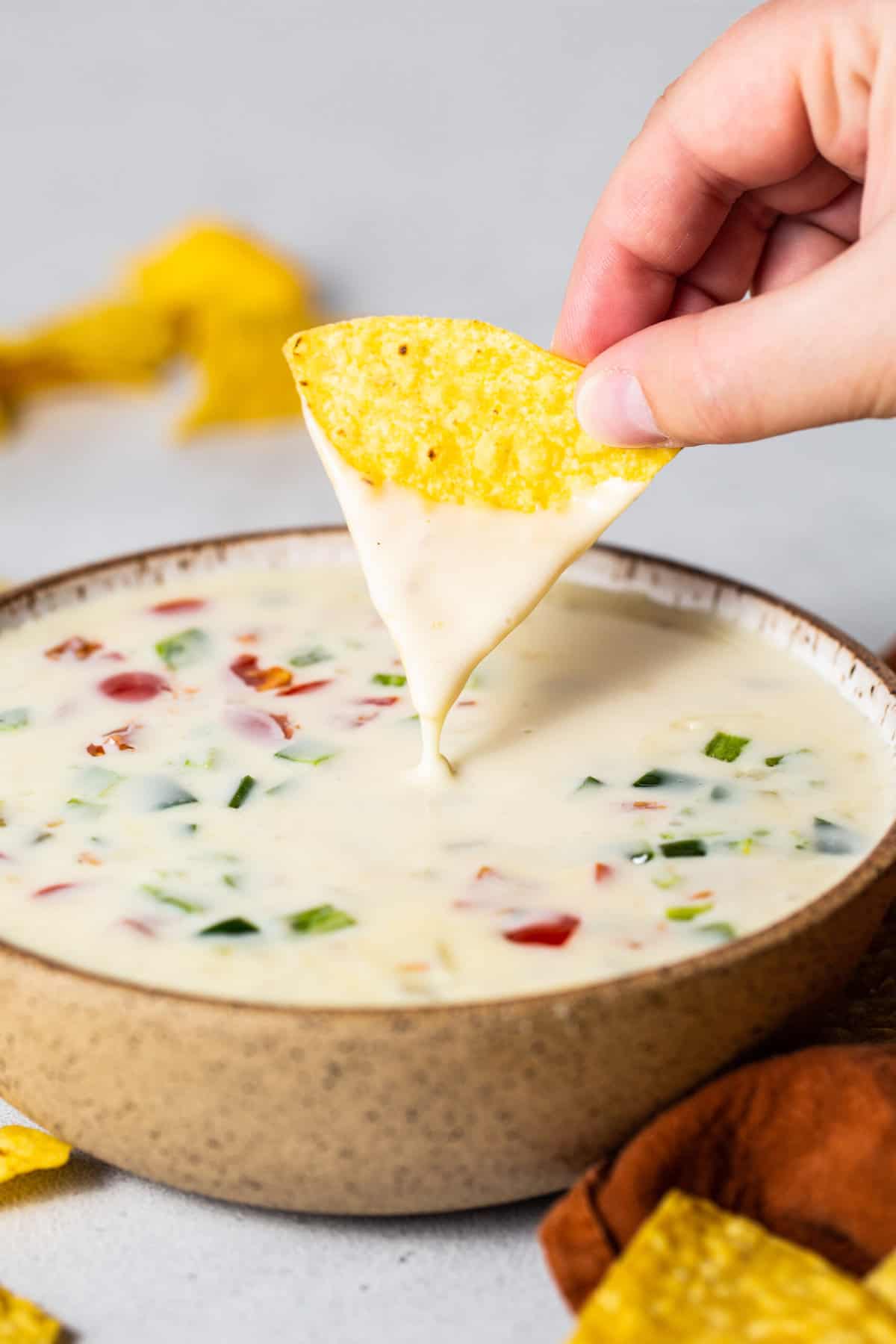
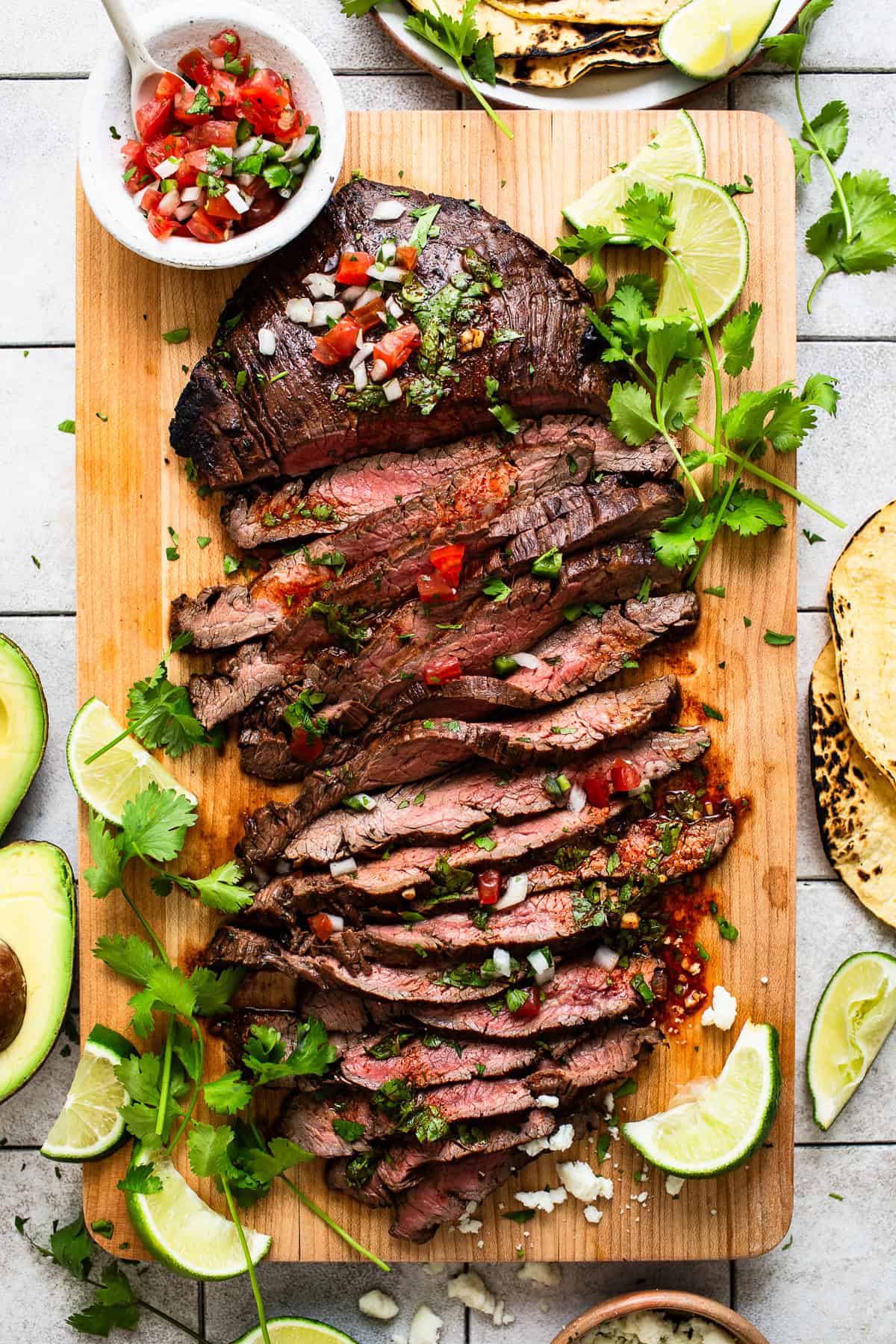
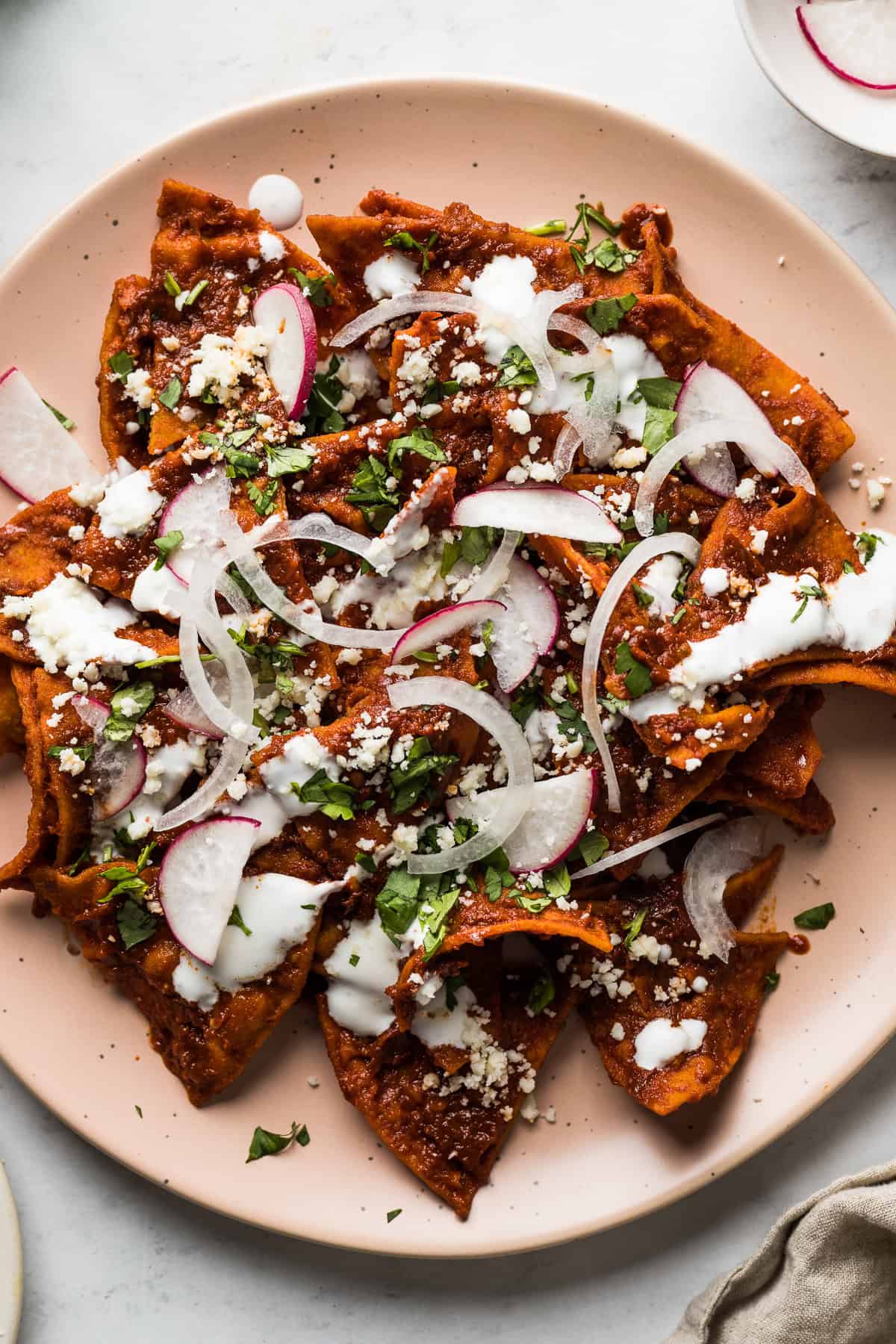
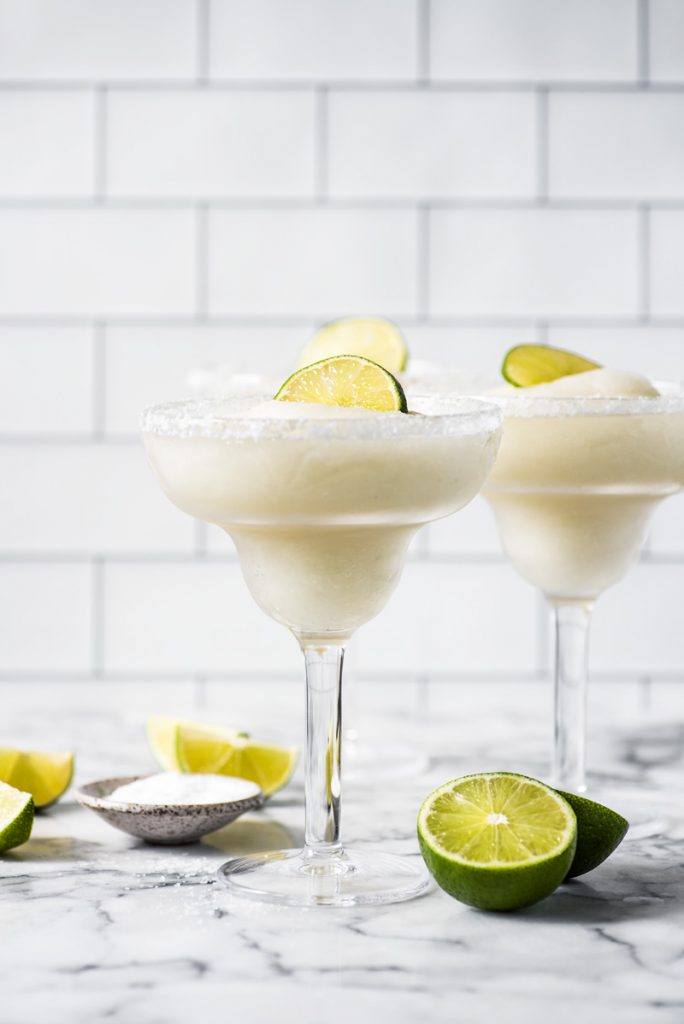
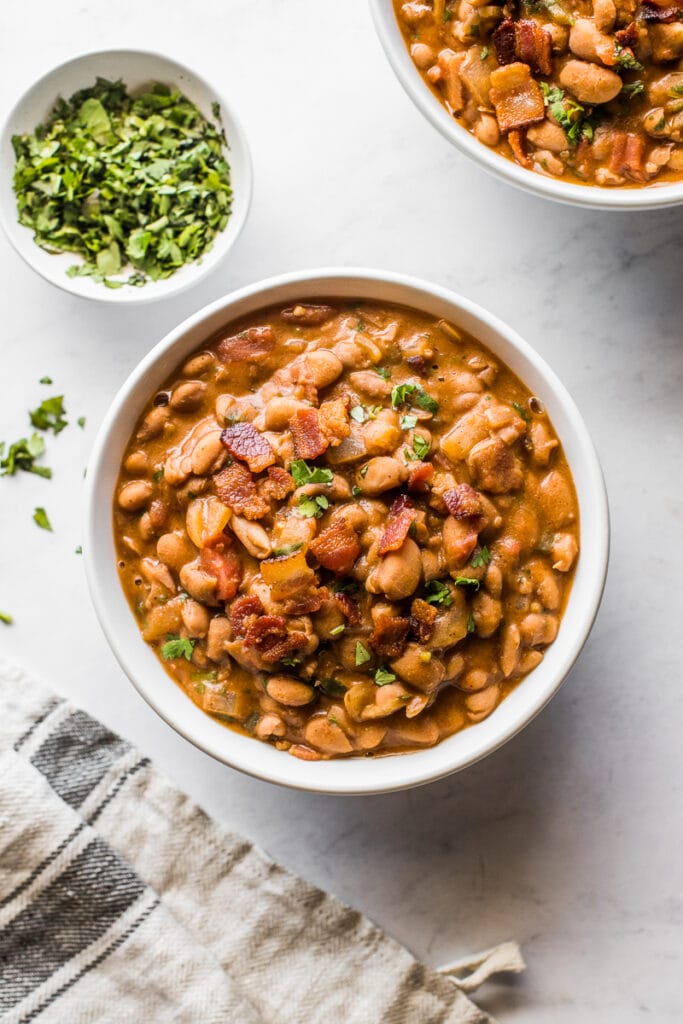

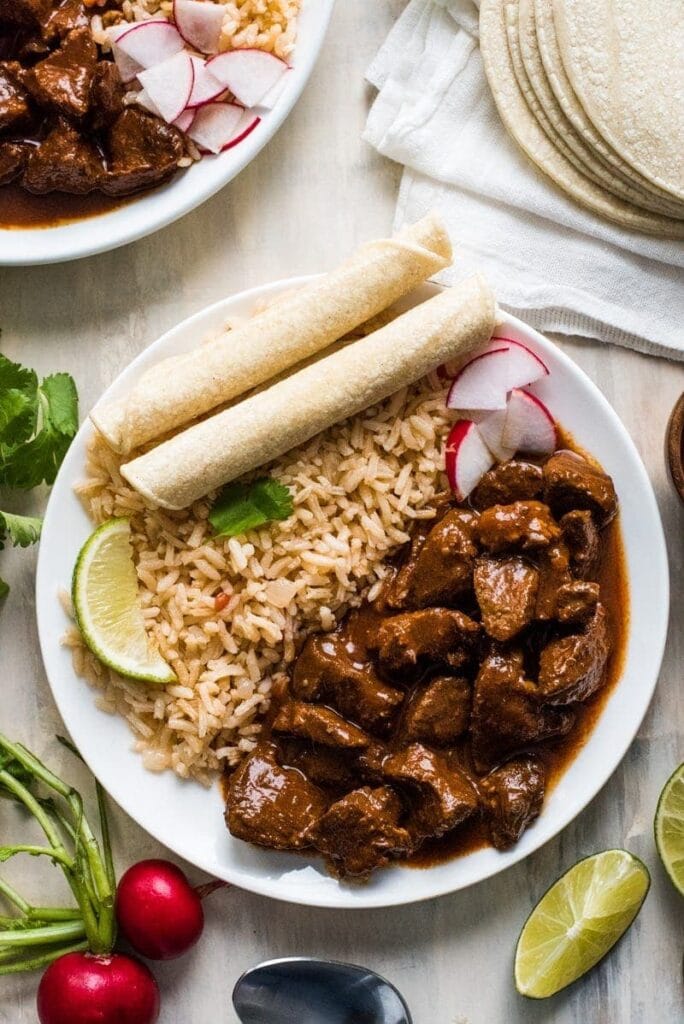






Leave a Reply